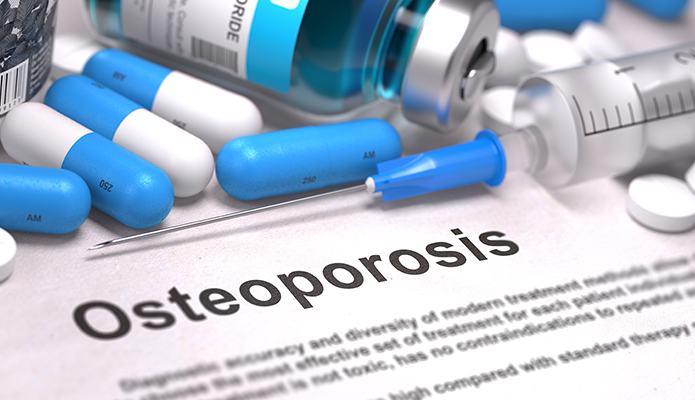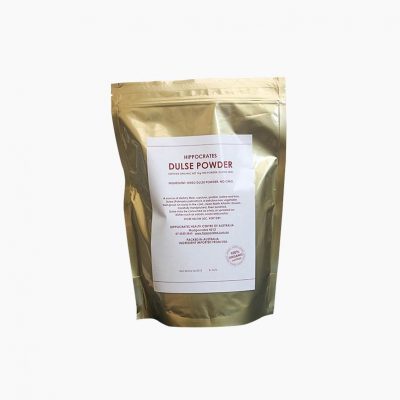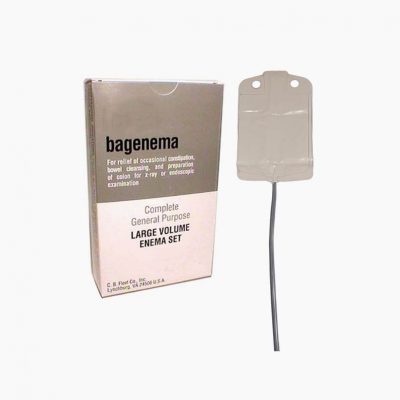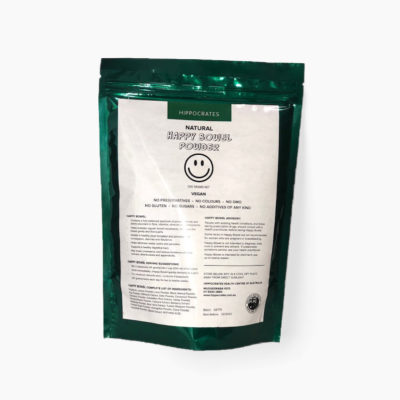The broken bone business is lucrative, but what’s in it for patients?
In previous articles, I’ve discussed the dubious science behind the diagnosis of osteoporosis and osteopaenia, and the utter lack of evidence that high calcium intake prevents bone fractures.
But, not one to let facts get in the way of a good marketing campaign, the bogus broken bone business grinds on relentlessly. Despite the widely-admitted unsuitability of DXA scans for the task of identifying individuals at elevated risk of fracture, many of my older female clients (and some not-so-old ones, too) have been “diagnosed” with osteoporosis or osteopaenia on the basis of their scan results, and pressured to start taking medical treatment.
For many years, the most-prescribed treatment for low bone density was bisphosphonate drugs, such as Fosamax, Actonel, Didrocal and Aclasta.
More recently, as the limitations and dangers of bisphosphonates have become more evident, new categories of drugs have gained a share of this lucrative market, including monoclonal antibodies (denosumab [Prolia], romosozumab [Evenity]), a selective oestrogen receptor modifier (raloxifene [Evista]) and a recombinant human parathyroid hormone (teriparatide [Forsteo]).
I am not in the business of giving medical advice, and this article does not constitute such advice. But I am a staunch advocate of informed consent: each person must weigh up the risks and benefits of any diagnostic procedure, treatment or interventional procedure, taking into account their individual circumstances.
Here’s what that risk-benefit analysis looks like for osteoporosis drugs:
Read more:
https://robynchuter.substack.com/p/osteoporosis-drugs-not-all…





